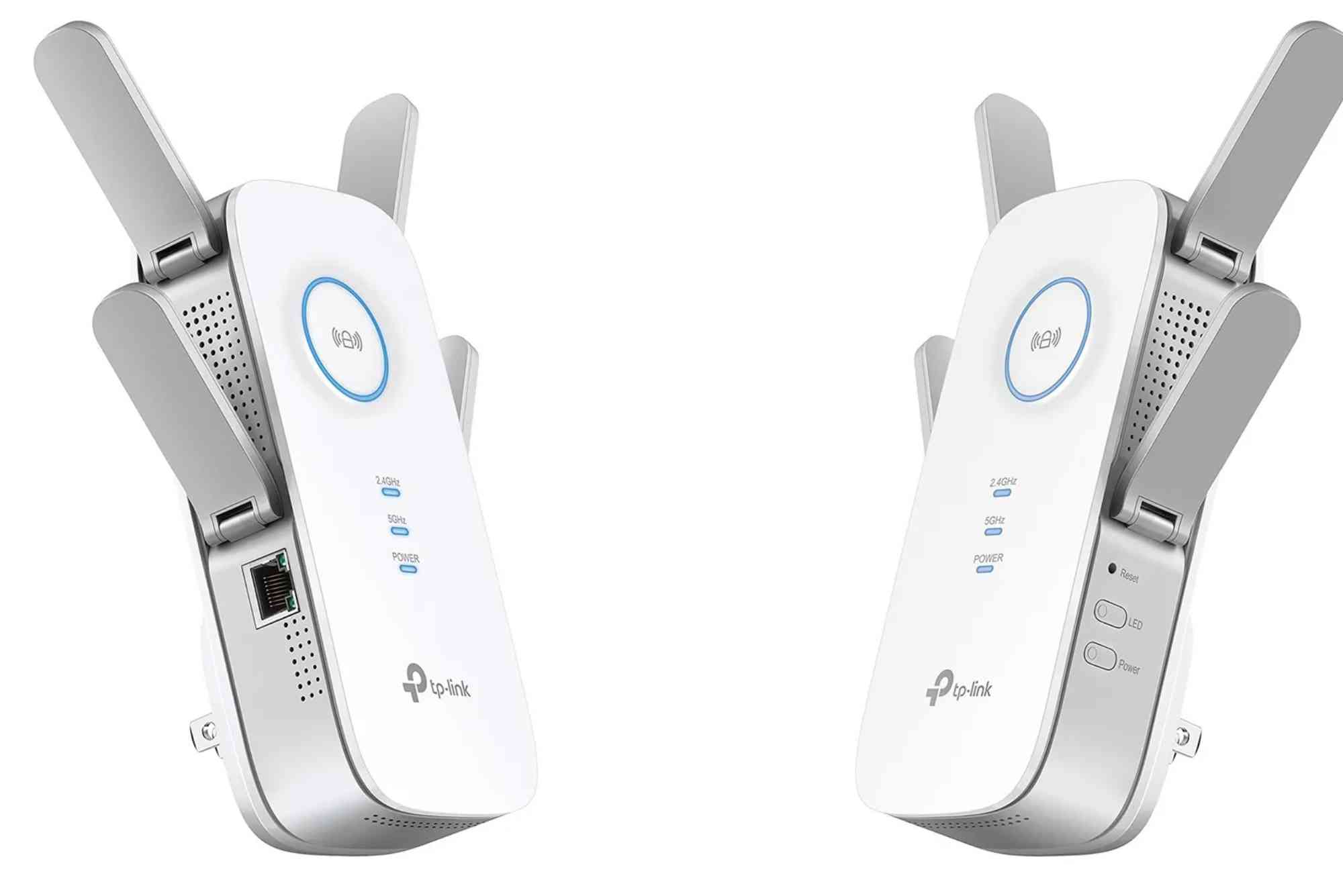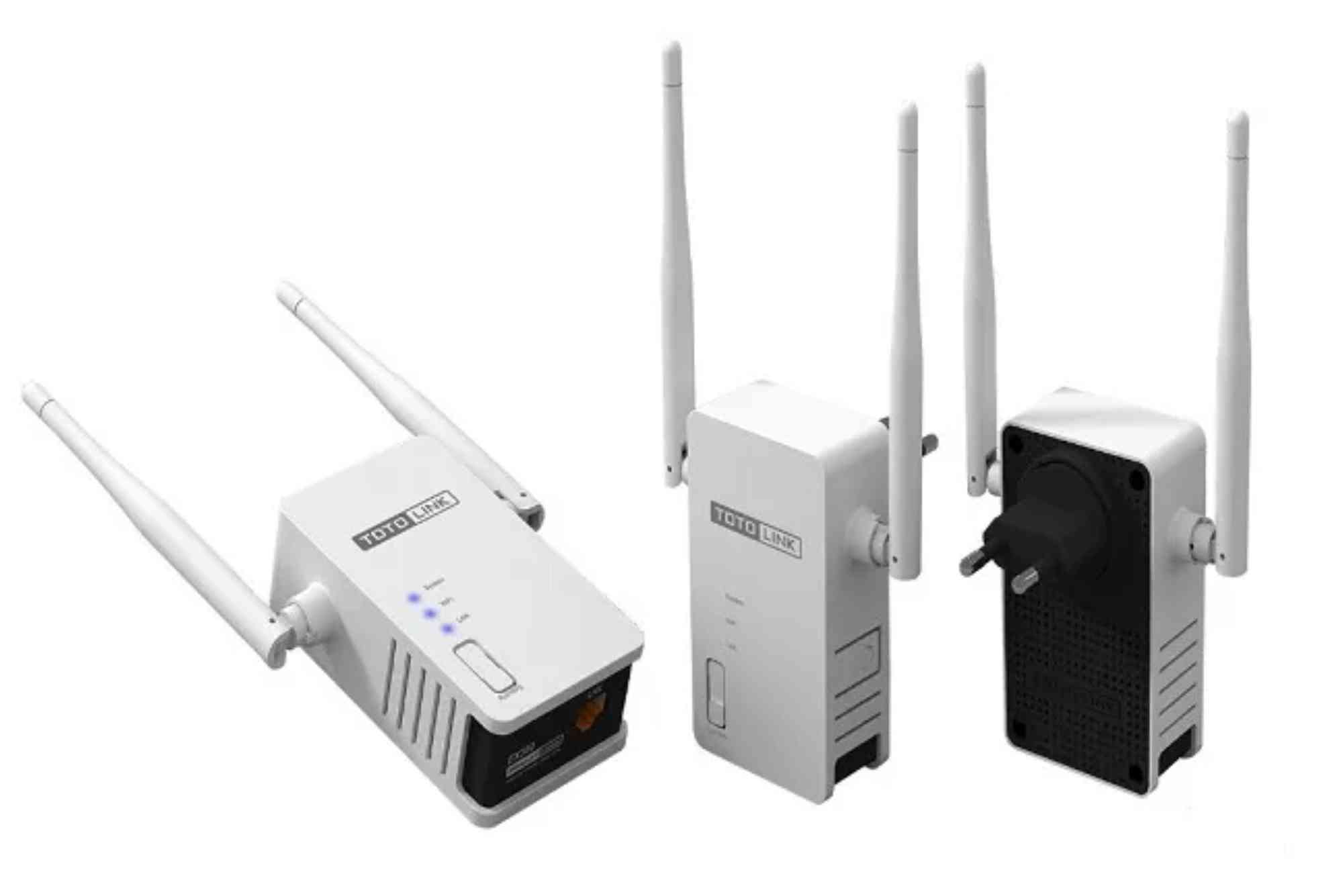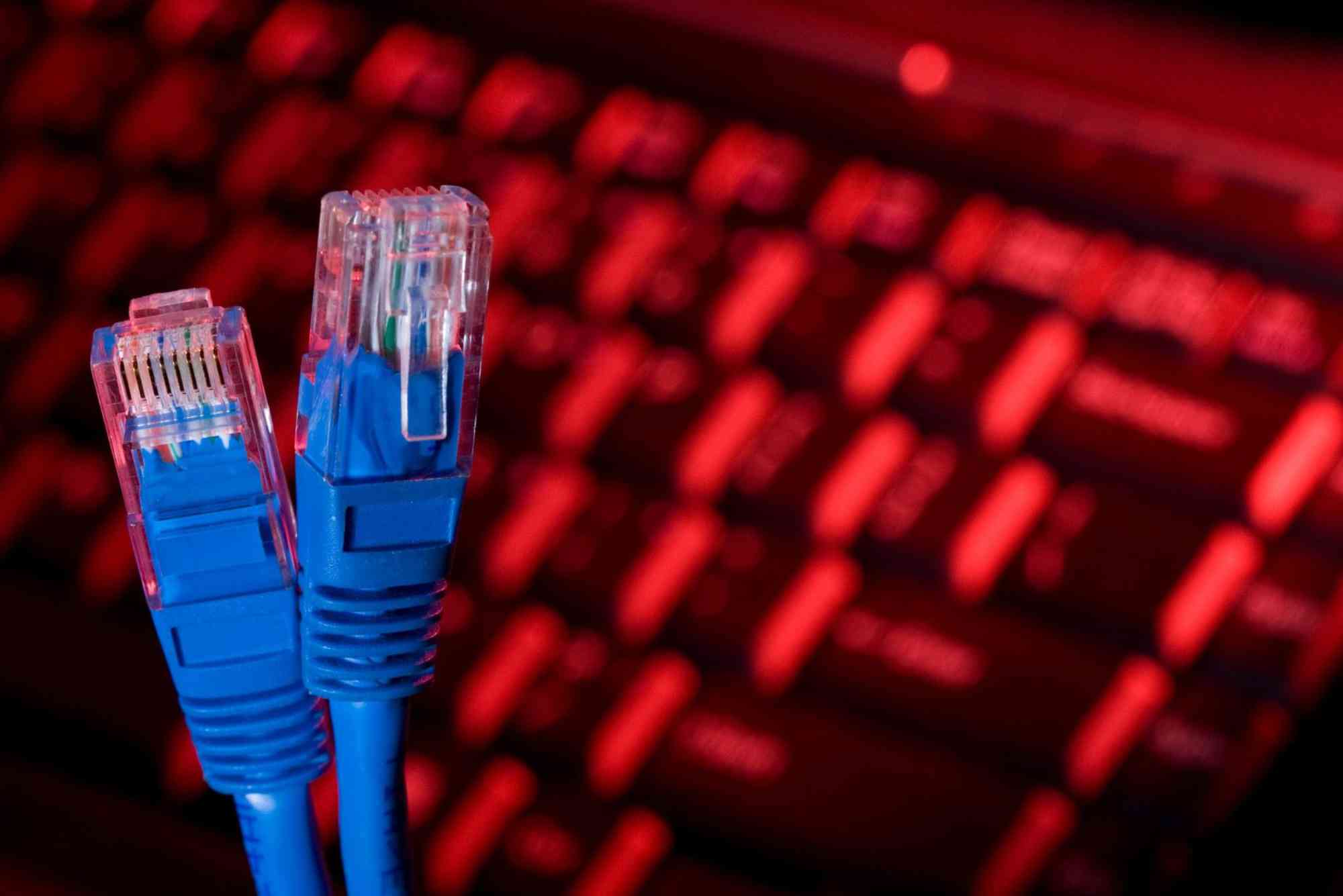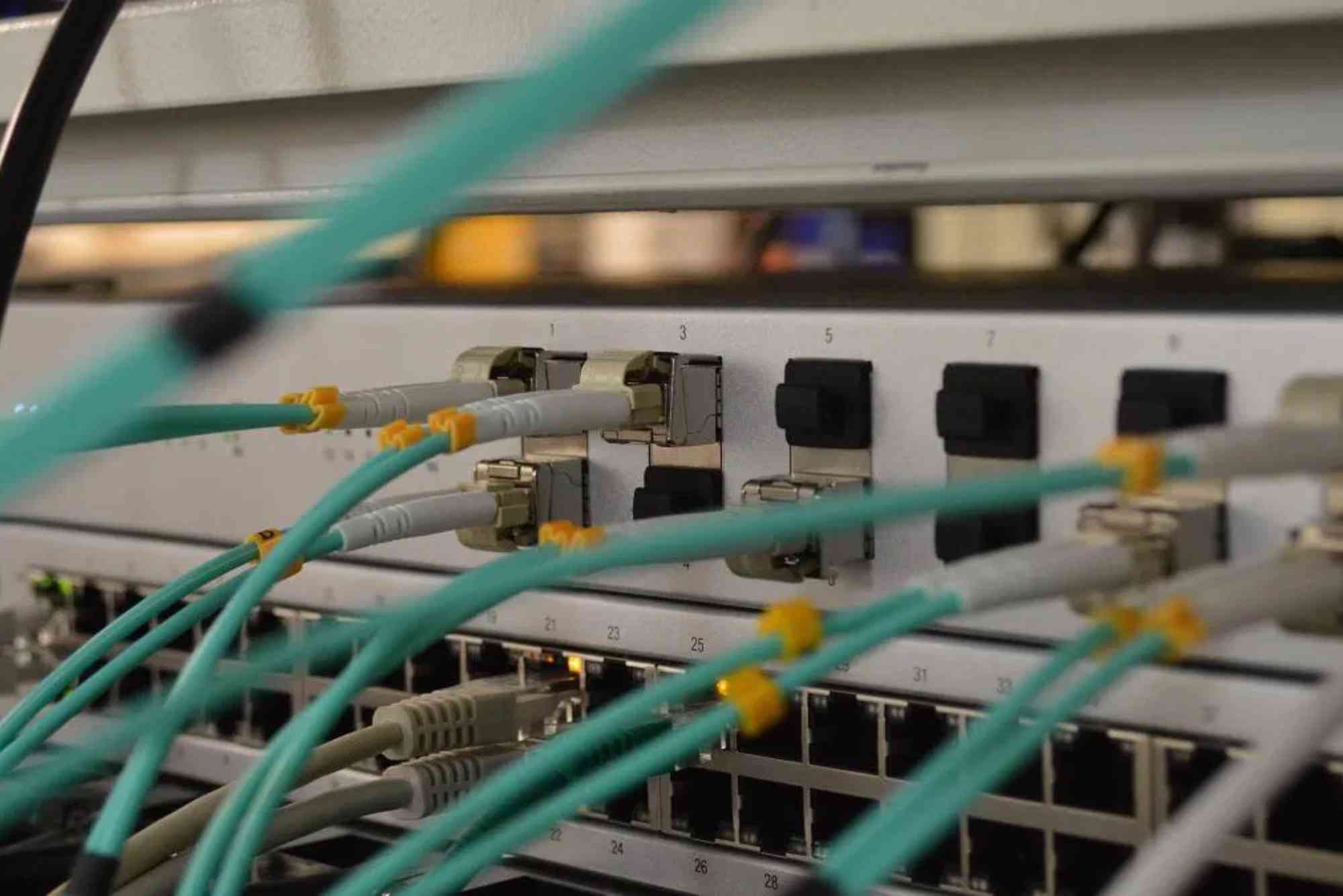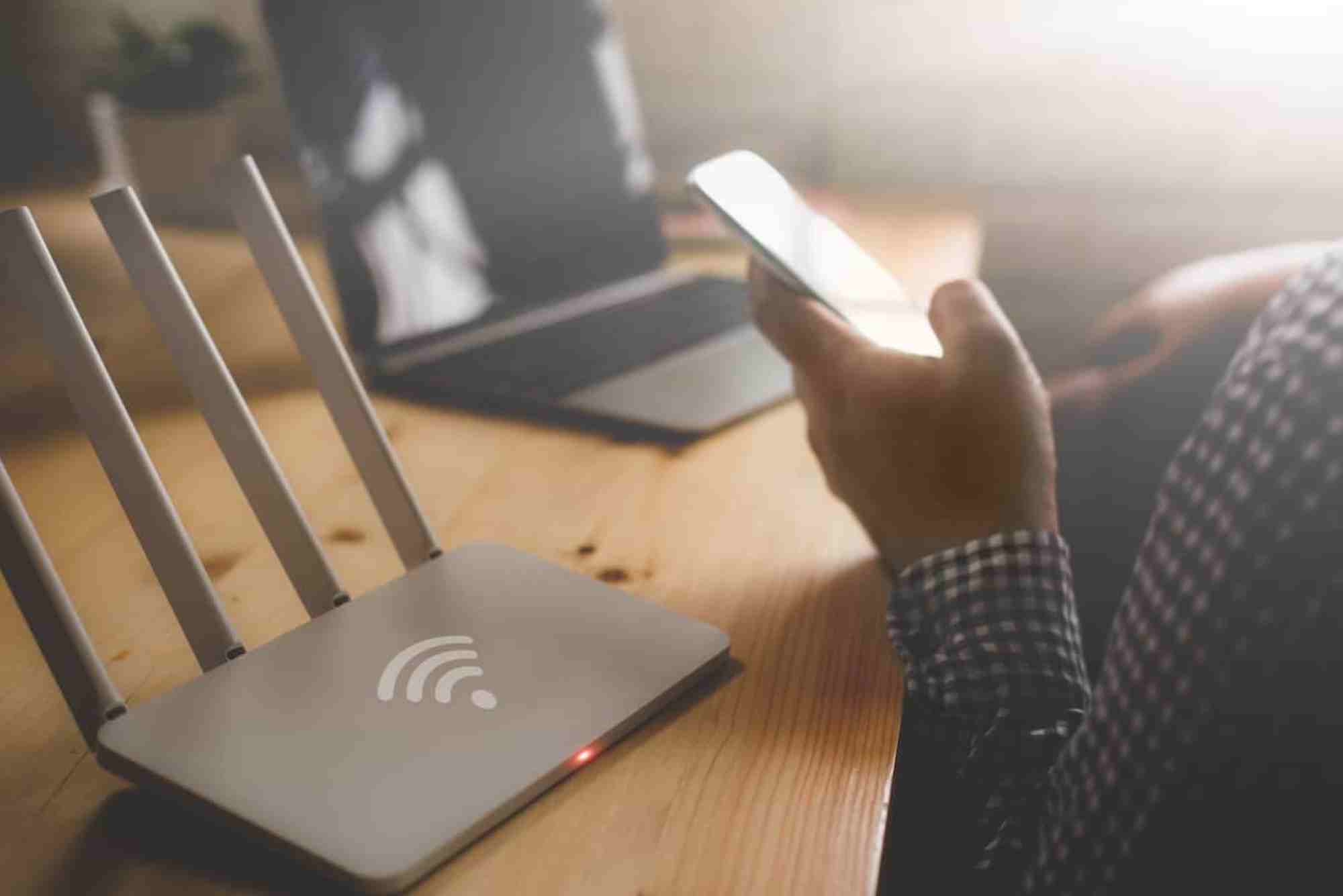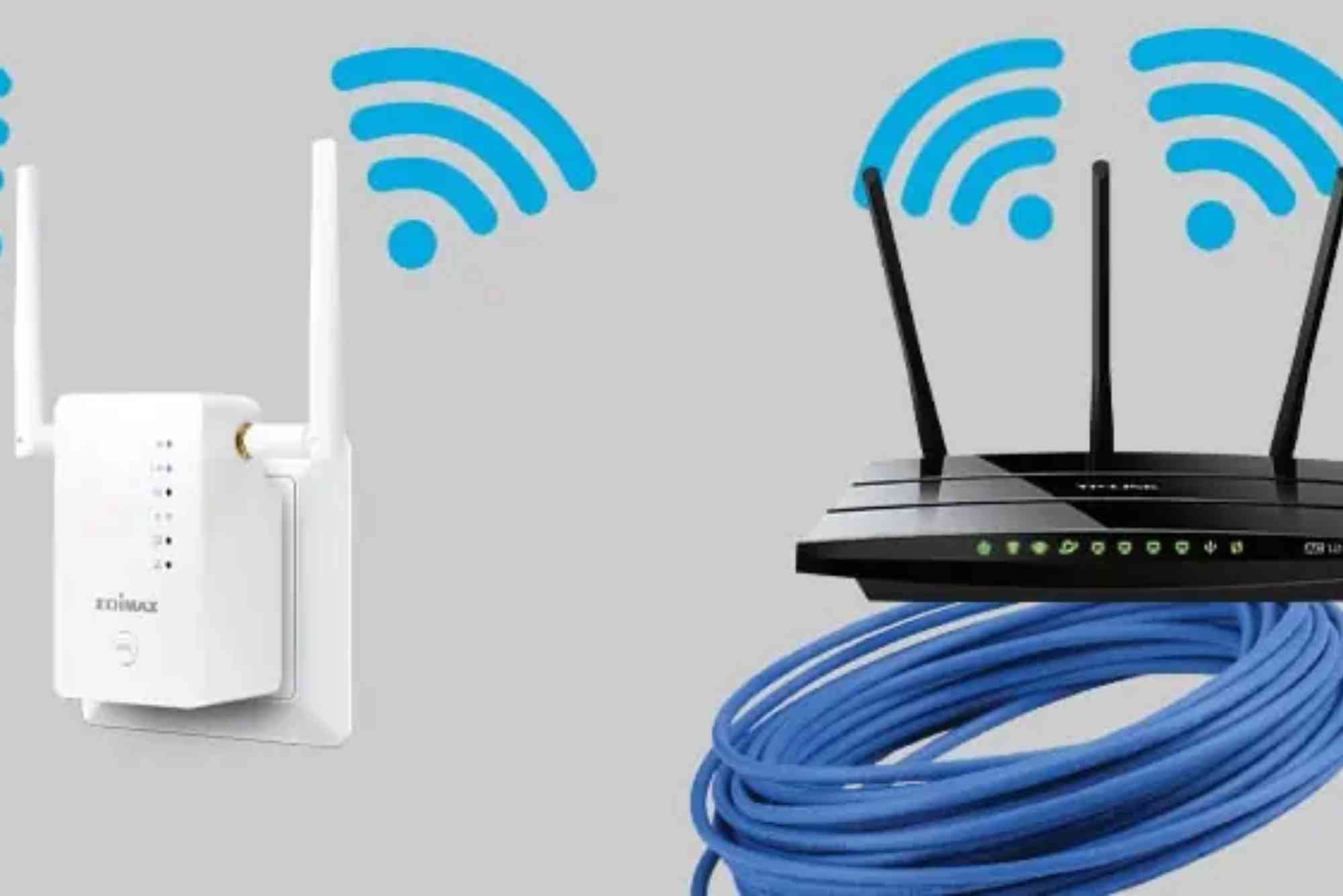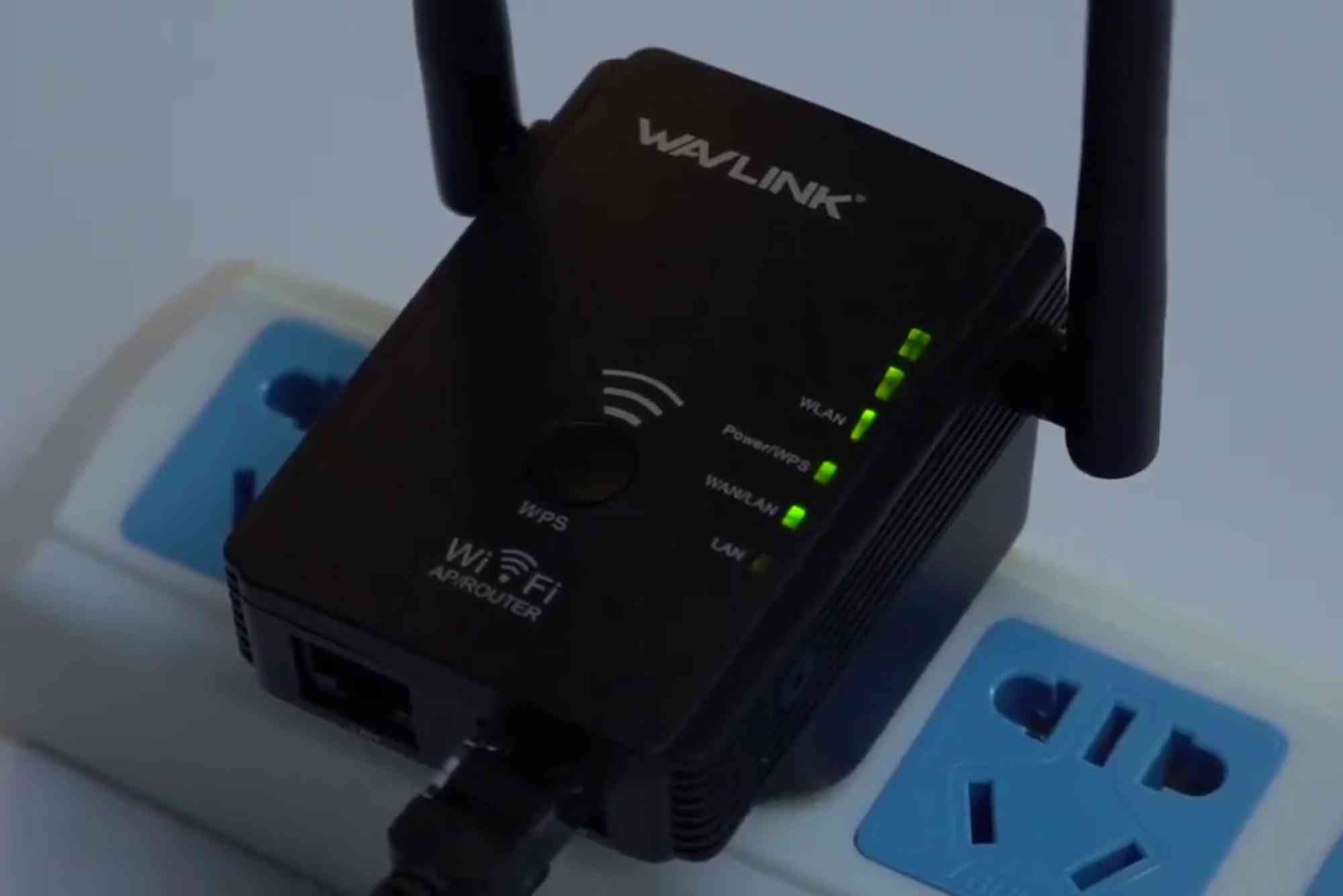Introduction
Most people think faster internet only depends on their broadband speed. But your Wi-Fi power settings can be just as important. These settings determine how strongly your router transmits its signal, and they directly affect speed, coverage, and device battery life. Understanding how Wi-Fi power settings work can help you fine-tune your home or office network for better stability and efficiency. In this article, we’ll break down what Wi-Fi power settings are, why they matter, and how you can adjust them for optimal performance.
What Are Wi-Fi Power Settings?
Wi-Fi power settings control how much power your router or device uses to send and receive wireless signals. Think of it as the volume dial on a speaker: the higher the power, the further the signal can reach. But just like turning the volume up too loud, cranking up Wi-Fi power isn’t always better.
Routers and devices come with adjustable power levels, usually expressed as percentages (like 25%, 50%, 75%, or 100%). On laptops and smartphones, you’ll also find settings that let you balance Wi-Fi performance against battery life.
Why Wi-Fi Power Settings Matter
Signal Strength and Coverage
Higher Wi-Fi power boosts coverage, which is useful for large homes or offices. However, it can also create interference with neighboring networks.
Battery Life on Devices
When laptops or smartphones constantly use maximum Wi-Fi power, they drain more battery. Adjusting power can extend battery life without sacrificing too much speed.
Network Stability
Too much power can sometimes cause instability. Devices may connect to a distant router when a closer one is available, leading to weaker performance.
Security Considerations
Excessive power means your Wi-Fi signal extends outside your property, making it easier for outsiders to detect. Reducing range can help limit unnecessary exposure.
How to Adjust Wi-Fi Power Settings
Adjusting Wi-Fi Power on a Router
Most modern routers include options for wireless transmit power. To adjust:
-
Log into your router’s admin dashboard.
-
Navigate to the Wireless Settings or Advanced Settings section.
-
Look for a setting called Transmit Power Control or TX Power.
-
Adjust to a lower percentage (like 70–80%) for balance.
-
Save and restart the router.
Adjusting Wi-Fi Power on Windows Laptops
-
Right-click the Start menu and select Device Manager.
-
Expand Network Adapters and right-click your Wi-Fi card.
-
Go to Properties > Advanced.
-
Find Transmit Power or similar.
-
Select Medium or Medium-High for balanced performance.
Adjusting Wi-Fi Power on macOS
MacBooks don’t offer direct transmit power settings. Instead, users can manage power consumption by:
-
Using Energy Saver settings.
-
Turning off Wi-Fi when not in use.
-
Using apps or terminal commands to tweak advanced options.
Adjusting Wi-Fi Power on Smartphones
On Android, advanced settings may allow you to limit Wi-Fi usage in battery saver mode. On iPhones, background refresh and low-power mode indirectly control Wi-Fi power usage.
Best Practices for Wi-Fi Power Settings
-
Avoid 100% power unless necessary for large areas.
-
Use medium power for apartments or small homes to reduce interference.
-
Experiment with levels until you find the best performance.
-
Secure your network with WPA3 encryption if your router supports it.
-
Position your router wisely—sometimes placement matters more than power settings.
For additional help optimizing your network, you can check out Dhanote Internet Services for expert advice on internet solutions.
Wi-Fi Power Settings Explained: Real-World Scenarios
Imagine working out at Orange Theory Mountain View. The gym may have multiple routers to cover every corner. If all routers transmit at maximum power, signals overlap and interfere with each other. By lowering the transmit power of each router slightly, the gym ensures smooth handoffs as people move around while keeping the connection stable.
The same principle applies at home. If you live in a crowded apartment building, blasting your Wi-Fi at 100% power may interfere with neighbors’ networks. A moderate setting ensures better stability for everyone.
FAQs About Wi-Fi Power Settings
Q1: Should I keep Wi-Fi power at 100% all the time?
Not always. While maximum power increases coverage, it can cause interference, reduce battery life, and expose your network unnecessarily.
Q2: How do Wi-Fi power settings affect internet speed?
Wi-Fi power influences range and stability, not actual ISP speed. Lower power may slightly reduce signal strength but often improves reliability.
Q3: Can reducing Wi-Fi power make my connection more secure?
Yes. Limiting range reduces the chance of outsiders detecting your network. Still, always use strong encryption.
Q4: Why does my laptop disconnect when I lower power settings?
If set too low, your device may struggle to stay connected, especially far from the router. Increase slightly until stable.
Q5: Do all routers allow power adjustments?
No. Some entry-level routers don’t include transmit power controls. In that case, router placement and antenna orientation matter most.
Wi-Fi power settings give you control over how your devices connect, balancing performance, coverage, and energy efficiency. By making a few small adjustments, you can improve speed, reduce interference, and even boost security.
If you’re ready to optimize your network, start experimenting with your router and device settings today. For professional solutions tailored to your needs, visit Dhanote Internet Services and explore how expert support can keep your Wi-Fi strong, secure, and reliable.

